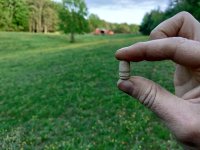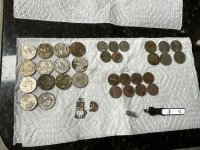villagenut
Gold Member
Dug this old beer bottle and recognized it as a export beer mouth blown in a turn mold, not a dip mold. I would probably date this one sometime between 1875- 1890 but was wondering about its base. It looks like some pontiled bottles I have seen, but I thought that pontils were out by this date range and that turn or paste molds were generally never partnered with pontil bases.The stretched out bubbles definitly show the stretching of the glass and There are the usual faint horizontal lineage from being turned...but the base? Am I just seeing things?I have read that there were early turn mold produced bottles but not sure about this one and its base...maybe a suction scar . Thanks vn.
. Thanks vn.
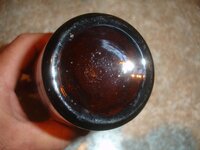
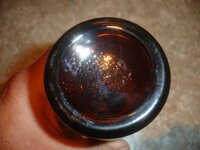
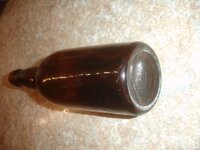
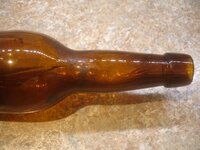
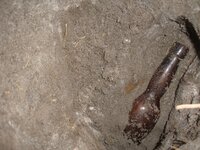
 . Thanks vn.
. Thanks vn.




Amazon Forum Fav 👍
Last edited:



